Wisdom Teeth – Why Extract Them?
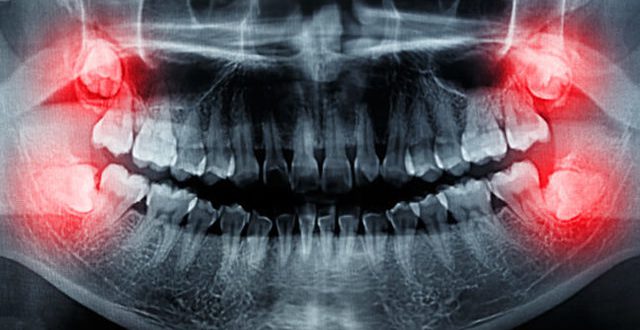
Wisdom Teeth
The name wisdom teeth originates from the fact that these teeth typically appear later in life, usually between the ages of 17 and 25, when a person is believed to have gained more wisdom or maturity. Since they are the last molars to erupt, they typically do not have enough space.
They are also called «wisdom teeth» because a judgment or decision needs to be made regarding whether the patient should keep these molars or not. In a few cases, these teeth can remain in the mouth and function like regular molars.
There are several reasons why it is often recommended to have wisdom teeth extracted, those will be described next.
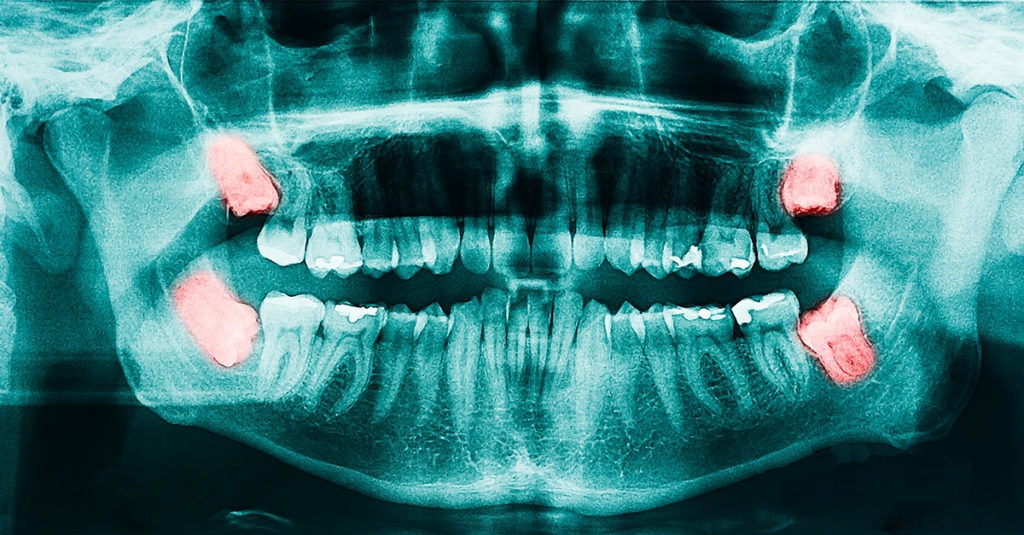
Lack of Space: Wisdom teeth commonly face a lack of space in the jaw. As a result, they may become impacted, meaning they don’t fully emerge or grow in the correct position. Impacted wisdom teeth can lead to pain, infection, and damage to neighboring teeth.
The most common problem associated with wisdom teeth is partial eruption, which can lead to food getting trapped beneath the gum tissue. This trapped food can cause infection and inflammation, a condition known as pericoronitis.
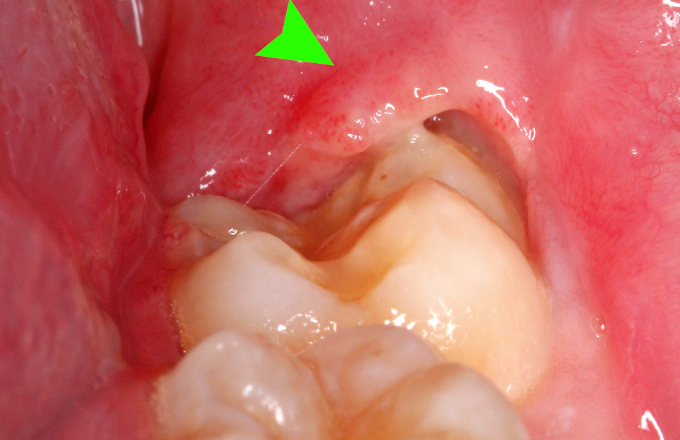
The gum cannot adhere to the enamel, but it also cannot cease to cover the bone and the wisdom tooth due to its inability to fully erupt. This leads to the formation of a pericoronal pouch, which becomes infected and produces pus, as shown in the previous image. This issue is not resolved until the wisdom tooth fully erupts or is extracted.
Wisdom tooth impacted, can also cause external root resorption or cavities in the second molar. Therefore, when there is a risk of this happening, it is recommended to proceed with their extraction. While it may take some time for these issues to develop, extraction is typically recommended whenever wisdom teeth are tilted or lying down, as illustrated in the next two images.
In both cases, as we can observe, the extraction of the wisdom tooth and the second molar is recommended, as the damage to the second molar is extensive and extends below the gingival margins. It is impossible to rehabilitate it with a favorable long-term prognosis.
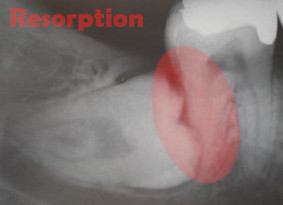

Odontogenic tumors and cysts: Wisdom teeth, like any teeth that become trapped within the bone, have the potential to induce various types of odontogenic cysts or tumors. The danger with these lesions is that, in the majority of cases, they are asymptomatic, meaning the patient is unaware of them until it’s too late, and they can be highly destructive. Therefore, they require surgical management under general anesthesia by a maxillofacial surgeon specialist.
As in the following case, where a probable cyst has destroyed a significant portion of the bone, hence the presence of a well-defined dark bubble-like structure.
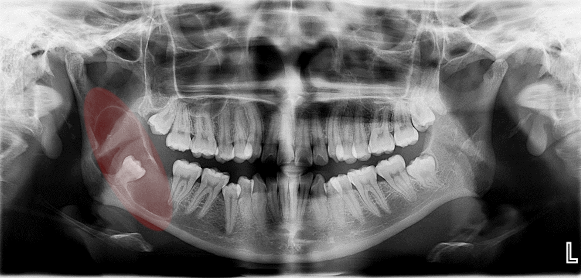



3 comments
נערות ליווי בקיסריה
19/11/2023 at 5:37 AM
The next time I read a blog, I hope that it doesnt disappoint me as much as this particular one. After all, Yes, it was my choice to read through, but I actually believed you would probably have something useful to talk about. All I hear is a bunch of whining about something that you could fix if you werent too busy looking for attention.
Portia Kyle
14/03/2024 at 1:43 PM
Greetings from Carolina! I’m bored at work so I decided to check out your
blog on my iphone during lunch break. I enjoy
the information you present here and can’t wait to take a
look when I get home. I’m amazed at how quick your blog loaded on my phone ..
I’m not even using WIFI, just 3G .. Anyways, awesome site!
Samuel Griffin
19/03/2024 at 9:31 AM
Greetings! I’ve been following your website for some time now and finally
got the bravery to go ahead and give you a shout out from Austin Texas!
Just wanted to mention keep up the excellent work!